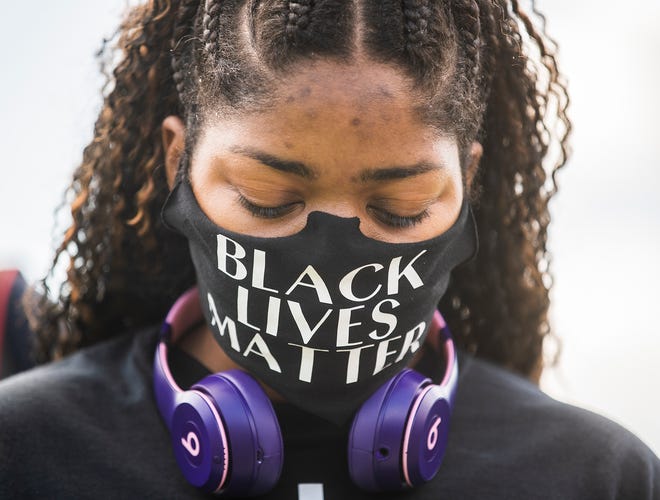
By Stefan Lallinger Opinion contributor
The main reason school districts have been gerrymandered to perpetuate segregation is the tacit, and at times explicit, approval of people of means.
Would George Floyd be alive today had he and Derek Chauvin grown up together and attended the same schools?
It’s an impossible question to answer, but it’s an important one to ask — in part because it’s about more than George Floyd and Chauvin, the Minneapolis police officer who knelt on Floyd’s neck for nearly nine minutes as he pleaded for his life, or even the criminal justice system.
It’s a question at the heart of race relations in America today.
In 1974, Supreme Court Justice Thurgood Marshall presciently wrote, “Unless our children begin to learn together, there is little hope that our people will ever learn to live together.”
Derek Chauvin and George Floyd didn’t just not live together; they lived worlds apart.
Floyd grew up in a poor, racially segregated area of Houston. Chauvin grew up in St. Paul, Minnesota in the 1980s, when the city was almost 90 percent white. According to the National Center for Education Statistics, the public middle and high schools that Chauvin attended were 94 percent white and less than 2 percent Black at the time.
We see this pattern of exclusion across the country, both in our schools and our neighborhoods. While such sorting often disguises itself as the harmless byproduct of personal choices — simply a result of the free market — neither the causes nor the impacts of segregation are innocuous.
Consider public education. More than 65 years after my grandfather, Louis L. Redding, helped argue the landmark Brown v. Board of Education case at the Supreme Court, our nation’s classrooms remain stubbornly segregated — by some measures, even worse than in 1954.
Unequal funding also plagues schools
Today, nearly one-fifth of public schools have almost no children of color, while another one-fifth have almost no white children. The number of highly segregated nonwhite schools has tripled over the last quarter-century. What’s more, predominantly white school districts receive $23 billion more in funding compared with predominantly nonwhite school districts, according to a recent report.
This segregation persists despite mountains of evidence demonstrating that students who attend school in integrated settings harbor fewer prejudices and have less discriminatory attitudes. Research shows that attending a diverse school helps to counter stereotypes, leading students to seek integrated settings later in life. Students in diverse classrooms are less likely to drop out and more likely to enroll in college than students in high-poverty, racially segregated schools — and these benefits accrue to all students, regardless of race or ethnicity.
Our inability to even acknowledge, much less confront, the continuing scourge of segregation is emblematic of our broader failure to remediate racial injustices that date back to our country’s founding. What manifests in the streets today is the culmination of centuries’ worth of oppression of black people, and the anguish and rage that oppression engenders.
For the entire article go to: www.usatoday.com










